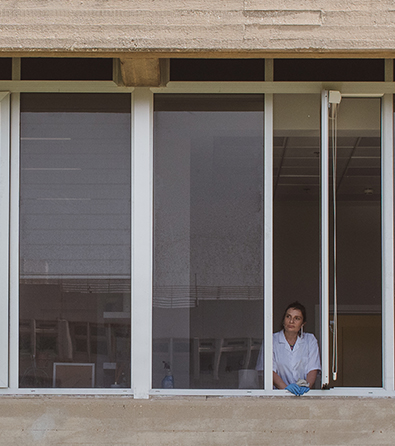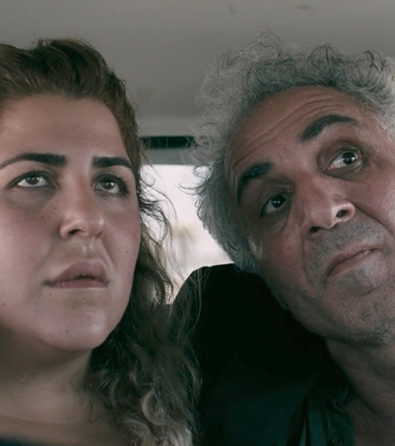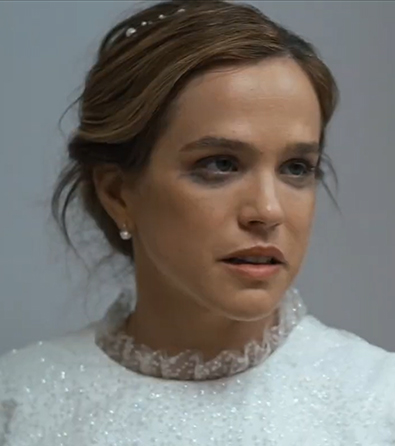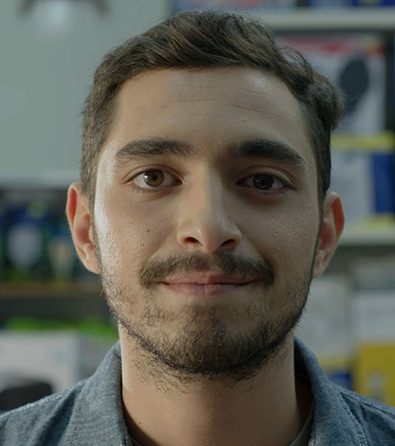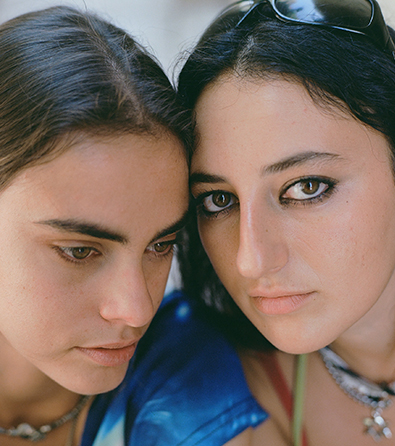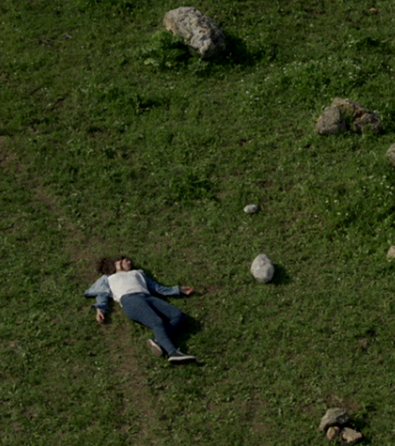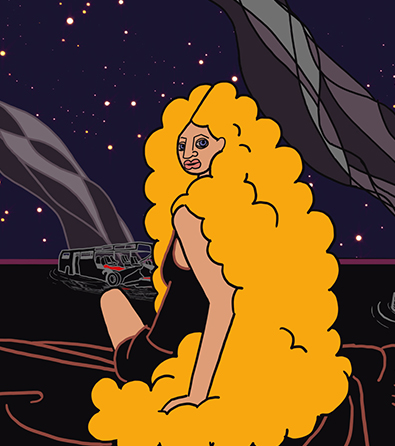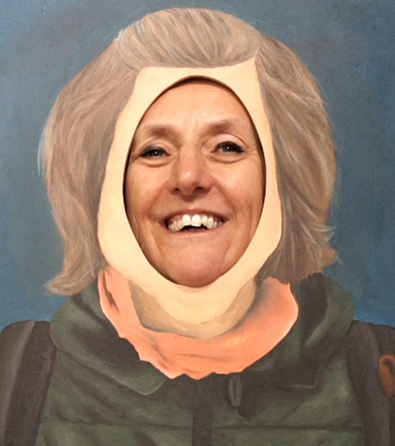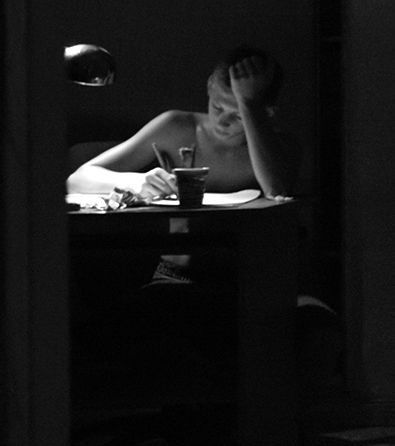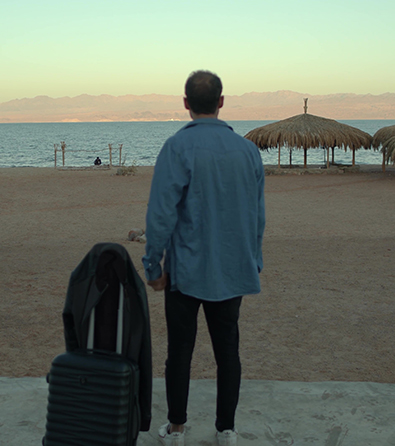The short documentary A Tale Beginning in Three Rooms (24 minutes) is available at the top of the page.
* To watch this film, please approve YouTube/Vimeo cookies via the blue cookie icon at the bottom left of the screen.
A Tale Beginning in Three Rooms is a short documentary by Arnon Goldfinger, produced in 2022 as part of the Four Films and a Museum project, a series of films commemorating the 90th anniversary of the Tel Aviv Museum of Art in Israel. The film recounts the story of the museum’s first director, Dr. Karl Schwarz, who, within a remarkably short time, transformed the institution from a modest gallery into a museum housing a distinguished collection of European art.
The film’s narrative begins in early 1933. After joining the Berlin Jewish Community’s art collection in 1927 and founding the Jewish Museum Association in 1929, Schwarz oversaw the creation of the Jewish Museum in Berlin, and when it opened on 24 January 1933, he was appointed its first director. A few days after the opening, Adolf Hitler rose to power. Alarmed, he wrote directly to Tel Aviv’s mayor, Meir Dizengoff, offering his expertise as a curator of Jewish art. Dizengoff invited him to immigrate to the British Mandate of Palestine and lead a project dear to his heart, a museum conceived from personal devotion and intended as a spiritual legacy for his late wife, the artist Zina Dizengoff, an invitation Schwarz accepted soon after.
After meeting with Meir Dizengoff, Schwarz visited the museum, which had opened a year earlier. It was housed in a three-story building at 16 Rothschild Boulevard (later known as Independence Hall). To his surprise, the building also accommodated a bank, the Belgian consulate, and Dizengoff’s private residence. Only three rooms were allocated to the museum. Inside, he found works of inferior quality, including mass-produced replicas of sculptures depicting historical Jewish figures. He understood that he would have to rebuild the museum from the ground up.
Goldfinger constructs the film from Schwarz’s archival papers and correspondence, interweaving his personal story with the museum’s early history and the rescue of Jewish artworks from Europe. The director reads excerpts from these materials, effectively voicing Schwarz and giving the film an autobiographical dimention. Visually, the film draws on archival photographs and paintings, including works by leading Jewish European artists such as Lesser Ury, Max Liebermann, and Marc Chagall, who are represented in the museum’s collection. Archival footage of 1930s Tel Aviv is intercut with sketches, lists, graphics, animations, and newspaper headlines, which together trace the historical narrative.
Schwarz recounts how European Jewish art found refuge in the Land of Israel during the 1930s within the museum’s walls. The film parallels his personal journey with that of Jewish artists who likewise sought to reach the British Mandate of Palestine to escape Nazi persecution, although many were denied entry under the Mandate’s restrictive policies. For Schwarz, preserving European Jewish art became a lifelong mission, and in 1938, on the eve of World War II, he traveled to Europe on a rescue operation to secure several artworks before they could be destroyed.
Meir Dizengoff died in 1936, leaving his entire estate to the museum. Schwarz carried his vision forward and, within five years, transformed the institution into a museum that occupied the entire building, housing thousands of artworks and an extensive library. It exhibited modern European art alongside contemporary Jewish art, much of it made possible by donations from collectors and by the artists themselves.
Yet, as the film shows, Schwarz, deeply rooted in German culture, faced criticism for shaping a museum centered largely on the heritage of German Jewish artists and for hosting events in German, which critics argued did not sufficiently engage the local art community or the wider public. Schwarz countered that he had organized dozens of exhibitions of artists working in the Land of Israel. As efforts to establish a Jewish national home intensified during World War II and in its aftermath, he was gradually sidelined by Eastern European Jews who were more firmly established in Zionist institutions. In 1947, he was forced to step down.
The legacy of German Jewish culture is also central to Goldfinger’s acclaimed documentary The Flat (2011), widely regarded as one of Israel’s most internationally recognized documentaries. The film uncovers the personal story of the director’s German-Jewish grandparents, who, even after immigrating to Israel, remained attached to their German identity and maintained a close, secret friendship with a former high-ranking Nazi officer. Similarly, A Tale Beginning in Three Rooms is not merely about the founding of an art museum or the biography of its first director. By weaving these stories together, the film gives voice to the rich cultural legacy of the German Jewish community, a legacy that, over time, seems to have been pushed to the margins of Israeli culture. Goldfinger connects these threads with intention, telling a story that illuminates an essential layer of Israel’s artistic and cultural roots.
